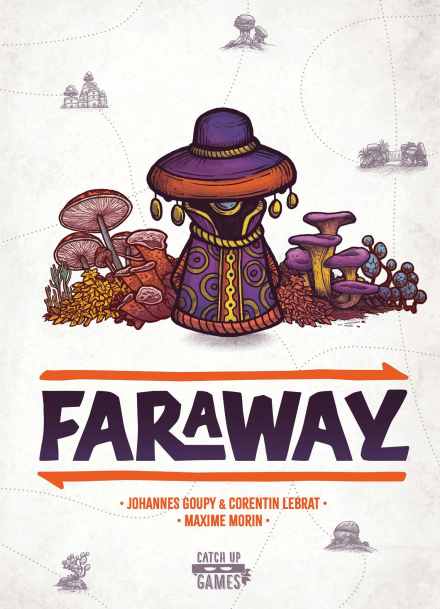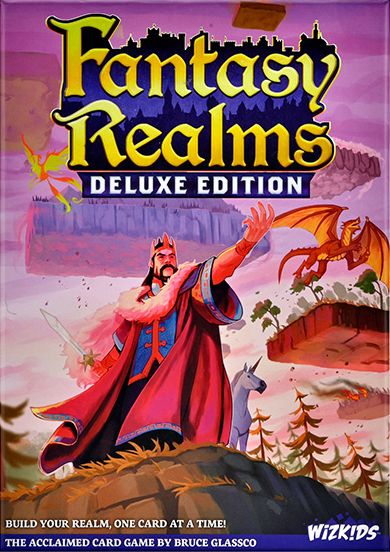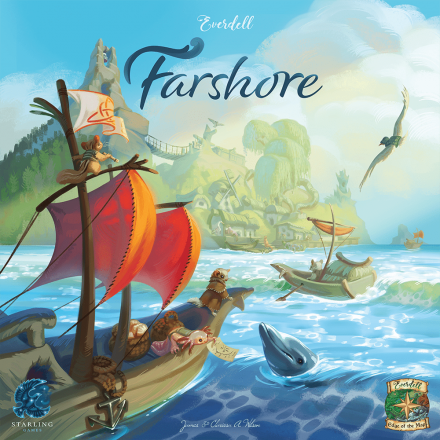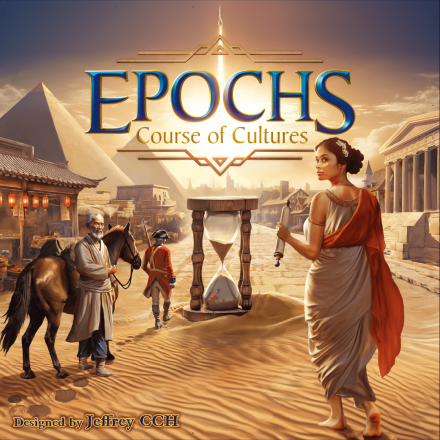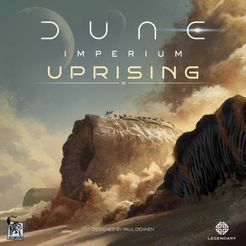Welcome to Alula, a mysterious continent with ever-changing geography, shaped after the rhythm of the seasons. Beyond the Sea of Mists lies the mysterious continent of Alula. Roam across the land in search of its secrets, meet its inhabitants, and list its wonders in order to gain more fame than your opponents.
Throughout a game of Faraway, you will play a row of 8 cards in front of you, from left to right. These cards represent the regions you will come across while exploring the lands. Characters on these cards will grant you victory points if you later fulfill the conditions they demand. At the end of the game, you walk back the same way, scoring cards in the opposite order you played them. There lies the heart of the gameplay. Throughout the game, the cards you play will serve both to set new objectives, and to meet the ones you played previously.
Each turn, you play a card from a hand of 3. Then you pick a new card from a face-up river. As play is simultaneous in Faraway, you must take into account a clever priority system in all of your choices – being last to pick a card leaves you with fewer options and often less profitable choices for the next turns.
—description from the publisher
Game Mechanics:
- Constrained Bidding
- End Game Bonuses
- Hand Management
- Open Drafting
- Selection Order Bid
- Set Collection
- Simultaneous Action Selection
Game Specifications:
- 2 – 6 Players
- 15 – 30 Minutes
- Difficulty Weight 1.91

